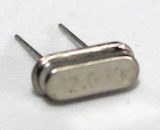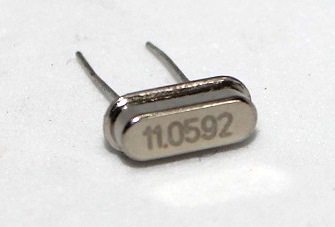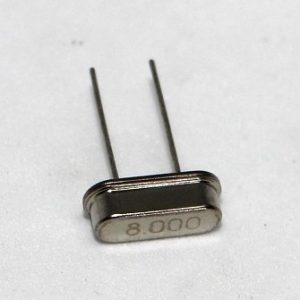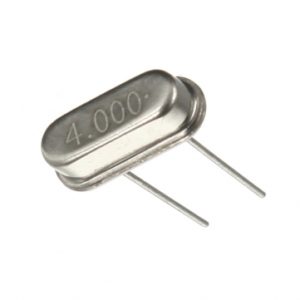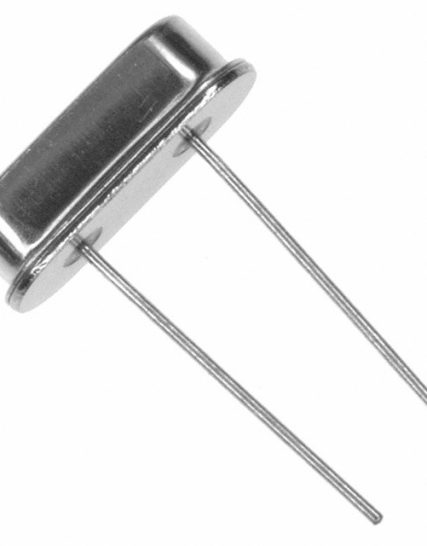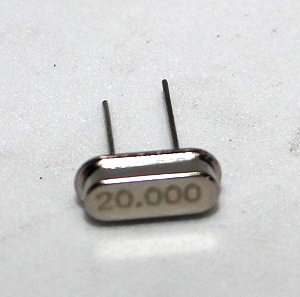- You have no items in your shopping cart
- Subtotal: ₦0.00
11.0592MHz crystal oscillator
₦200.00
The 11.0592MHz Crystal Oscillator is a precision timing device designed to generate a stable clock signal at a frequency of 11.0592MHz. This specific frequency is often used in applications requiring accurate timing and synchronization, such as microcontrollers, communication systems, and digital clocks. The crystal oscillator offers high stability, low jitter, and precise frequency control.
Key Features:
- Frequency: 11.0592MHz
- High stability and low jitter
- Low power consumption
- Hermetically sealed package
- Excellent frequency accuracy and reliability
- Wide operating temperature range
Technical Specifications:
- Frequency: 11.0592MHz
- Frequency Stability: ±30ppm (parts per million)
- Load Capacitance: 18pF (typical)
- Equivalent Series Resistance (ESR): 50 ohms (maximum)
- Drive Level: 100µW (typical)
- Aging: ±5ppm/year
- Operating Temperature Range: -20°C to +70°C (standard); -40°C to +85°C (extended)
- Storage Temperature Range: -55°C to +125°C
- Package Type: HC-49S, SMD (Surface Mount Device) or through-hole
- Dimensions: Length: 11.5mm, Width: 4.8mm, Height: 4.2mm (for HC-49S package)
Applications:
- Microcontroller Clock: Provides a stable clock signal for microcontroller-based systems, especially in timing-critical applications.
- Communication Equipment: Ensures precise timing and synchronization in RF and communication circuits.
- Digital Clocks: Used in digital clocks and timing devices for accurate timekeeping.
- Frequency Synthesis: Generates accurate frequencies for various electronic applications, including frequency counters and synthesizers.
- Timers and Counters: Provides a reliable clock source for timing and counting applications.
Usage:
- Select the appropriate package type (HC-49S or SMD) based on your PCB design.
- Ensure the load capacitance matches the circuit requirements.
- Solder the crystal oscillator onto the PCB, ensuring proper connection to the circuit.
- Verify the stability and accuracy of the generated clock signal using an oscilloscope or frequency counter.
Caution:
- Handle the crystal oscillator with care to avoid physical damage.
- Avoid exposure to extreme temperatures beyond the specified operating range.
- Ensure the drive level does not exceed the recommended value to prevent damage.
In stock

